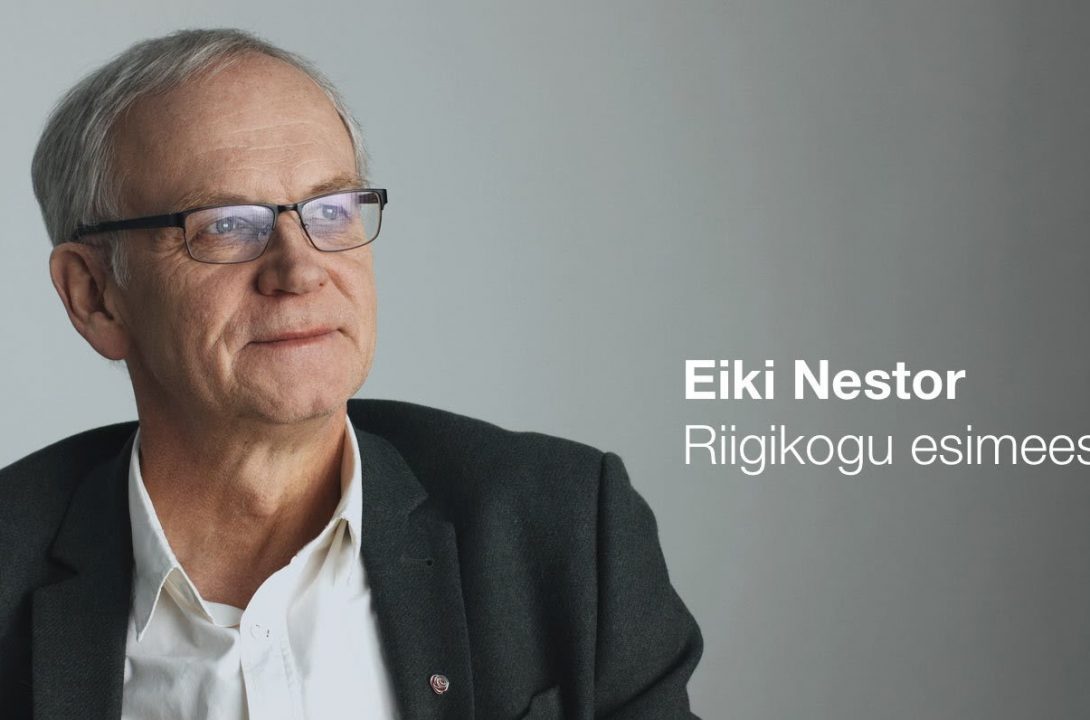
LEP 2018
October 11, 2017
Estonian Experts Weigh in on Transatlantic Policy
October 28, 2017Perspective on ZAPAD 2017
– By Karin Shuey 9/14/17
As Russia’s quadrennial military exercise Zapad gets underway, there’s no shortage of analysis and commentary on what to expect. Scheduled to start on September 14th and run for seven days, Zapad 2017 has been a hot topic among think tanks, NGOs, Russia experts, military experts, and other interested parties for the last several months. The most comprehensive source of information may be the Center for European Policy Analysis and its dedicated website, Road to Zapad 2017 (infowar.cepa.org/the-road-to-zapad-2017). That said, countless other sources, including the Atlantic Council, Baltic Times, Military Times, National Interest, Foreign Policy, RFE/RL, and German Marshall Fund, have contributed to varying degrees on the topic.
The main question posed in the coverage has been about whether or not the West should be worried. Although fictitious adversarial states were created for the exercise, the scenario has been reported as a simulation of a NATO attack on Belarus, with Russia coming to its neighbor’s aid in defending the attack. There is general consensus that the number of troops Russia is sending exceeds that of past Zapads and that Russia is not meeting the reporting requirements laid out in the Organization for Security and Cooperation in Europe’s (OSCE) Vienna Document. Russia and Belarus have put the number at less than 13,000 – the level at which the Vienna Document mandates OSCE inspections – while previous exercises have approached the 100,000-troop mark.
The worst-case outcome would be Russia’s use of the exercise as a cover for stationing permanent troops or equipment in Belarus, an intention they have demonstrated in past large-scale exercises, as in Ukraine in 2014 and Georgia in 2008. Previous Zapad exercises have simulated invasion of the Baltic states, a nuclear strike on Warsaw, and bombing runs against Sweden, but did not end in violation of any nation’s sovereignty. While Belarus has invited military observers from seven countries – Ukraine, Poland, Sweden, Norway and the three Baltic nations – to take part in specific visitors’ days, this, too falls short of OSCE transparency measures.
Russia is downplaying the scale of Zapad, accusing the West of overreacting and risking stability in Europe with its concurrent buildup of NATO forces in the region. They characterize the event as practicing strictly defensive maneuvers and that they pose a threat to no one. Meanwhile, educated viewpoints in the West criticize the scenario as completely unrealistic and place responsibility for any instability along Russia’s borders squarely in the hands of the Kremlin.
The Estonian Ministry of Defense (MoD) has indicated distrust of the numbers reported by Moscow based on past experience with other Russian exercises and has been closely monitoring preparations for this one. According to a news article on the MoD website, Minister Jüri Luik is “…hoping to see greater transparency and observance of international agreements both prior to and during the exercise” (see kaitseministeerium.ee/en/news for 28.08.2017). Estonian representatives will take part in the observer program 16-20 September and Estonia’s defense attaché will attend a program for all defense attachés accredited to Moscow at the Luga training ground, about 90 miles south of St. Petersburg, 18-19 September.
An interested party could spend days trying to digest all the information available on different aspects of Zapad 2017. Until the exercise is finished and its aftermath is clear later in September, much of what has been written so far will remain speculation. While there are indications that troop movements and naval deployments exceed what Russia and Belarus have reported, and it seems likely that far more than 13,000 soldiers will be mobilized, the endgame will only be revealed once the dust settles. Analysis and commentary at that point will undoubtedly be much more consequential.
 Graphic of Russian and Belarusian participation as reported by the Russian Ministry of Defense. Source: Reuters.
Graphic of Russian and Belarusian participation as reported by the Russian Ministry of Defense. Source: Reuters.



